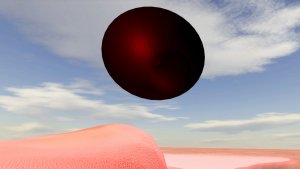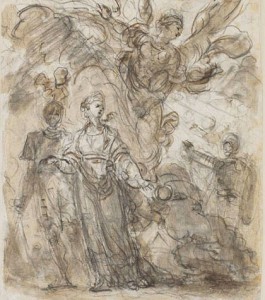A recently rediscovered early masterpiece by the renowned Bolognese painter Giovanni Francesco Barbieri (1591-1666), known as Guercino, will go on public display for the first time ever, as part of a historic exhibition at Waddesdon Manor this spring.
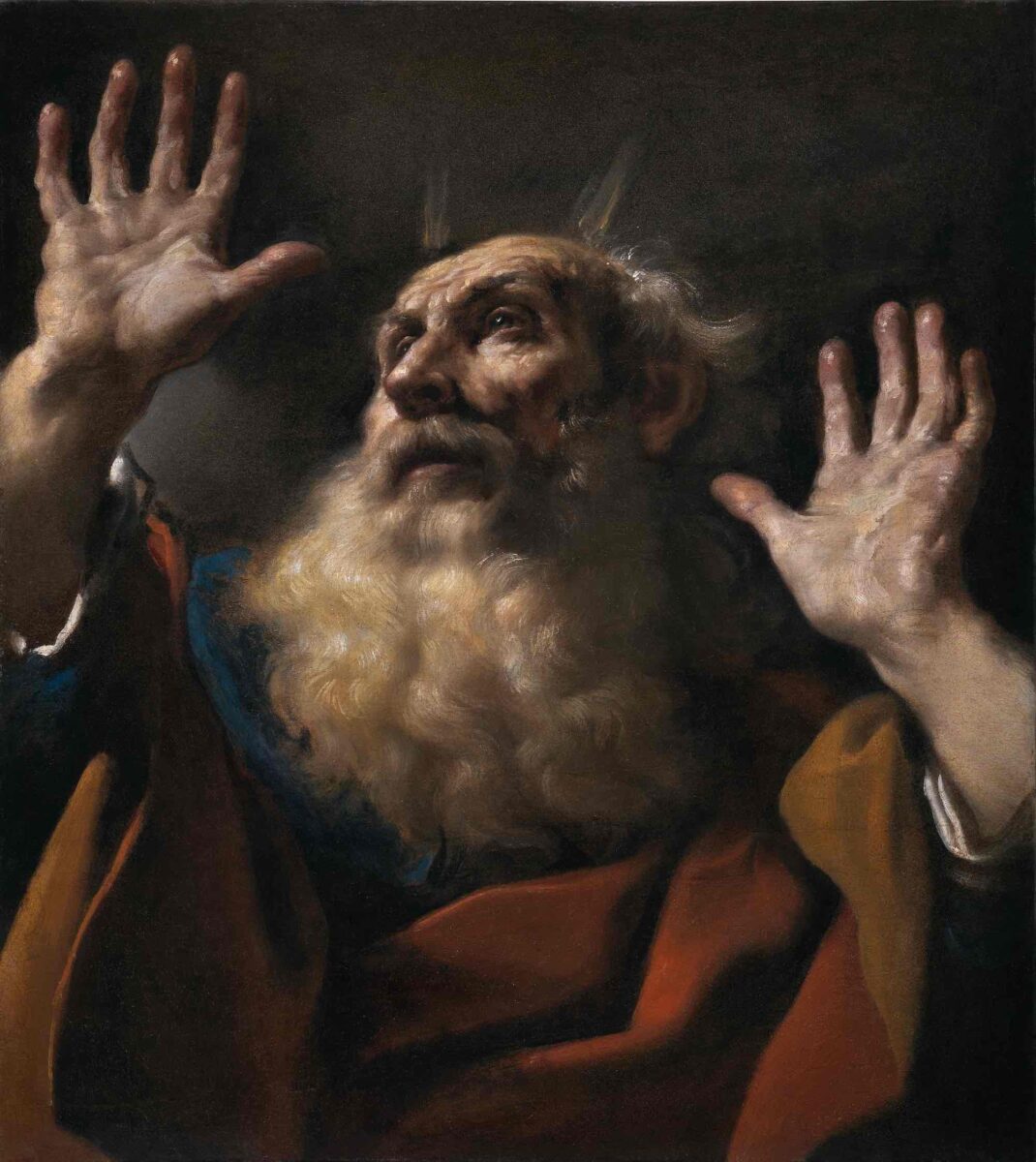
The stirring representation of the Old Testament figure of Moses will be unveiled alongside four other large pictures, that are themselves being brought together for the first time since leaving the artist’s studio in 1651.
The recent discovery of Guercino’s Moses constitutes one of the most important additions to his œuvre in recent years and adds to our understanding of his early maturity, a period considered by many to be his greatest for the dynamism, vigour and spontaneity of his painting. Moses is datable to c. 1618–19, before the artist’s move to Rome in 1621 on the election of the Bolognese pope, Gregory XV (born Alessandro Ludovisi, 1554-1623). Although it is not known exactly when or for whom the painting was commissioned, by 1624 Moses was in the possession of Cardinal Alessandro d’Este (1568–1624) – in Rome. It subsequently entered his family’s renowned ducal collections in Modena and remained there until the Napoleonic era, when all trace of the painting was lost. It is possible that the painting was relocated to France where, at the end of the
18th-century admiration for Guercino was at its height, with his works being as sought after on the Parisian art market as those by Rembrandt. Until its discovery in France in 2022, the painting was known only through 17th-century painted copies, a drawing and engravings, all of which demonstrate the work’s fame well beyond the confines of the Duchy of Modena.
Now visitors to Waddesdon Manor will be able to marvel at Guercino’s long-lost depiction of Moses turning his eyes upwards and raising his hands in a gesture of praise as he communicates directly with God. The artist’s naturalistic treatment of his subject and use of chiaroscuro (‘light-dark’) creates a sense of solidity and a strong physical presence.
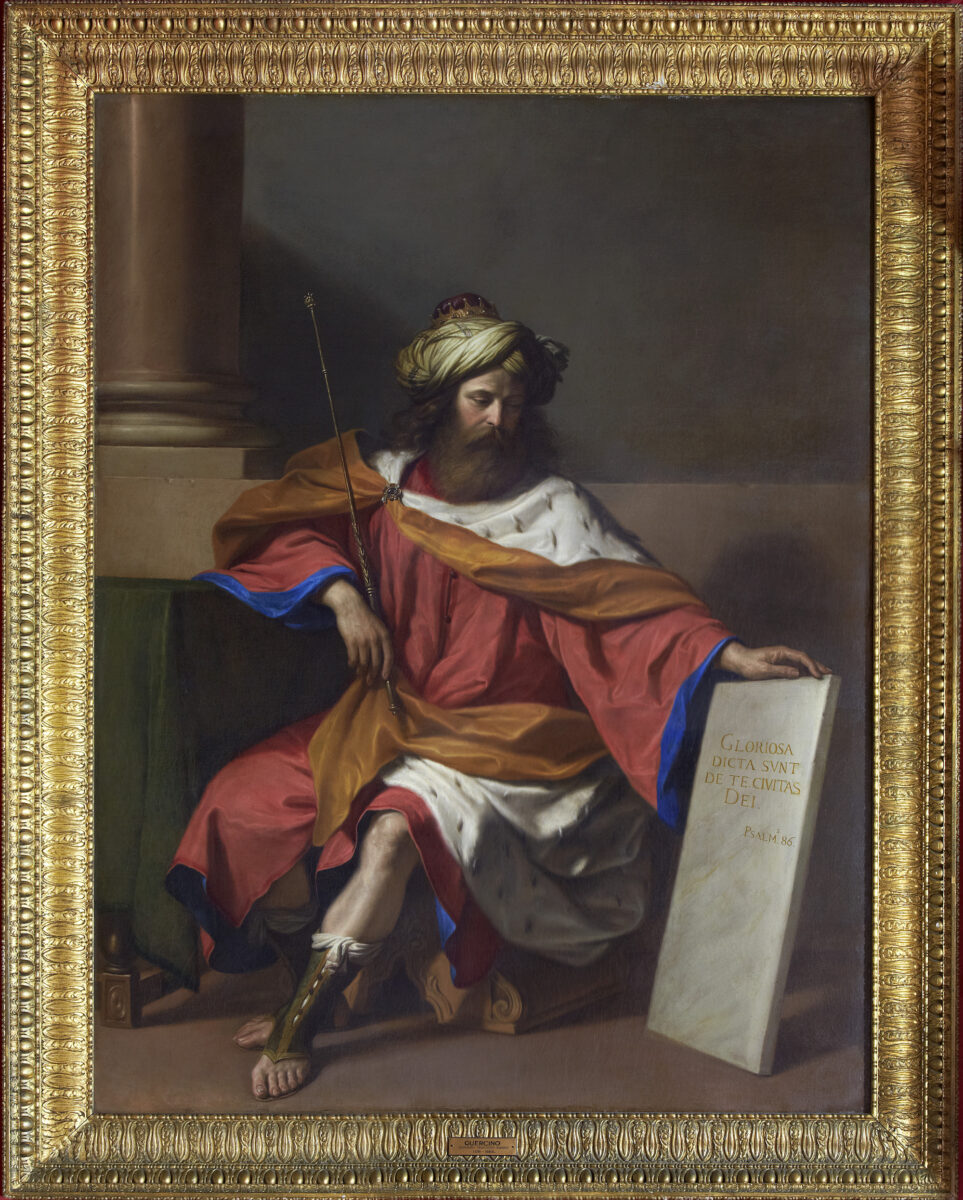
Another historic aspect to this display is the bringing together of King David (1651) from Waddesdon’s collection and Guercino’s depiction of three sibyls – female prophets from classical antiquity – on loan from the National Gallery, London and His Majesty The King from the Royal Collection. Now at Waddesdon Manor, King David was originally intended for the palazzo in Cesena, near Bologna, of the Italian nobleman Giuseppe Locatelli, with The Cumaean Sibyl with a Putto (1651, National Gallery) commissioned to be its pendant. However, when Prince Mattias de’ Medici saw the Sibyl in Guercino’s studio, he liked it so much that he insisted that he acquire it. As something of a consolation for Locatelli, the artist painted The Samian Sibyl (1651, National Gallery), as a replacement.

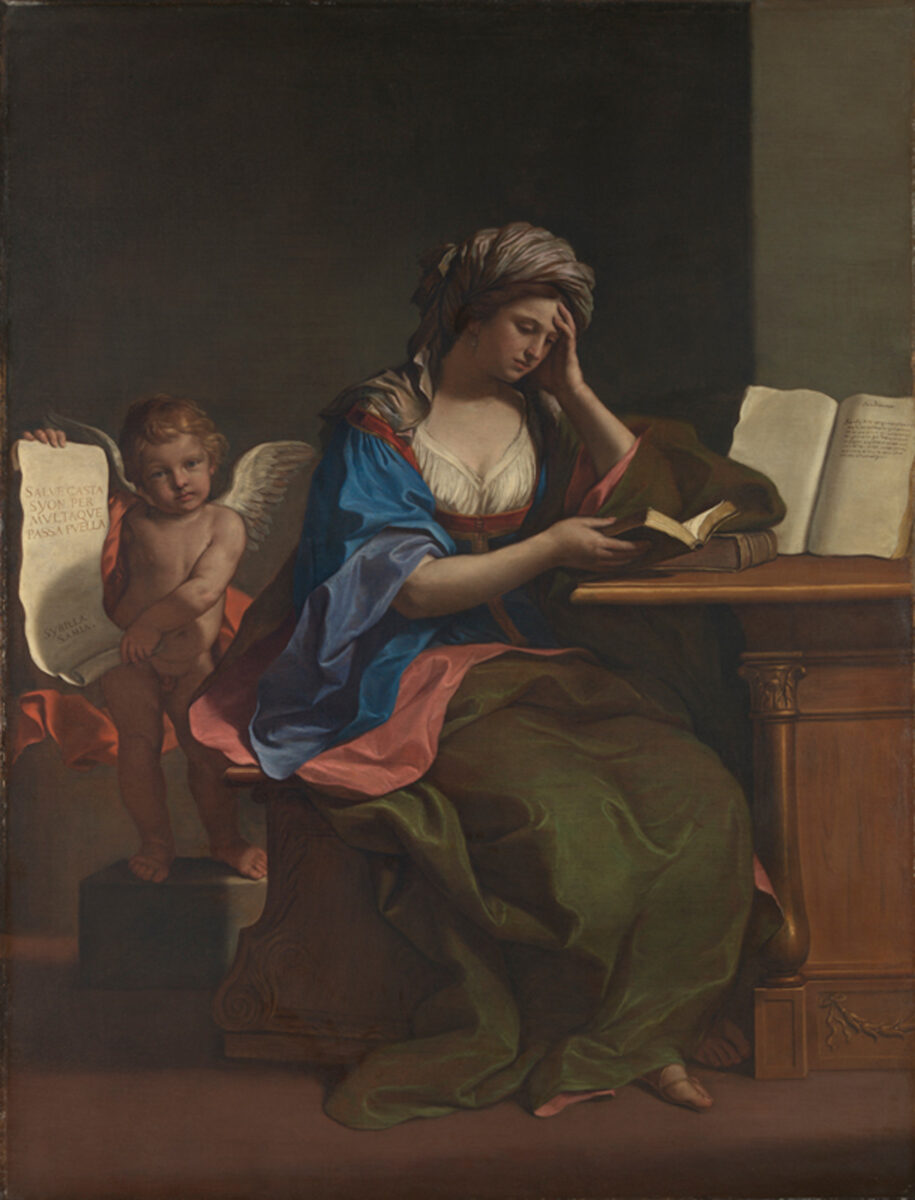
They will be joined in Waddesdon Manor’s grand but intimate Red Ante Room by the Royal Collection’s half-length Libyan Sibyl, (also 1651) which reinforces the appeal of the sibyl as a model of female authority to Baroque artists.
By bringing the quartet of paintings together, for what is believed to be the very first time since they were painted, visitors will be able to explore the relationship between David – the Jewish patriarch, psalmist and prophet, whom Christians believed prefigured Christ – and the three turbaned, pagan seers, who supposedly foretold Christ’s birth. Visitors will also be able to see, close up, Guercino’s brilliant handling of paint to depict silk, flesh and ermine, paper, wood and stone, while conjuring up ideas about inspiration and contemplation, sight and foresight, poetry and prophecy.
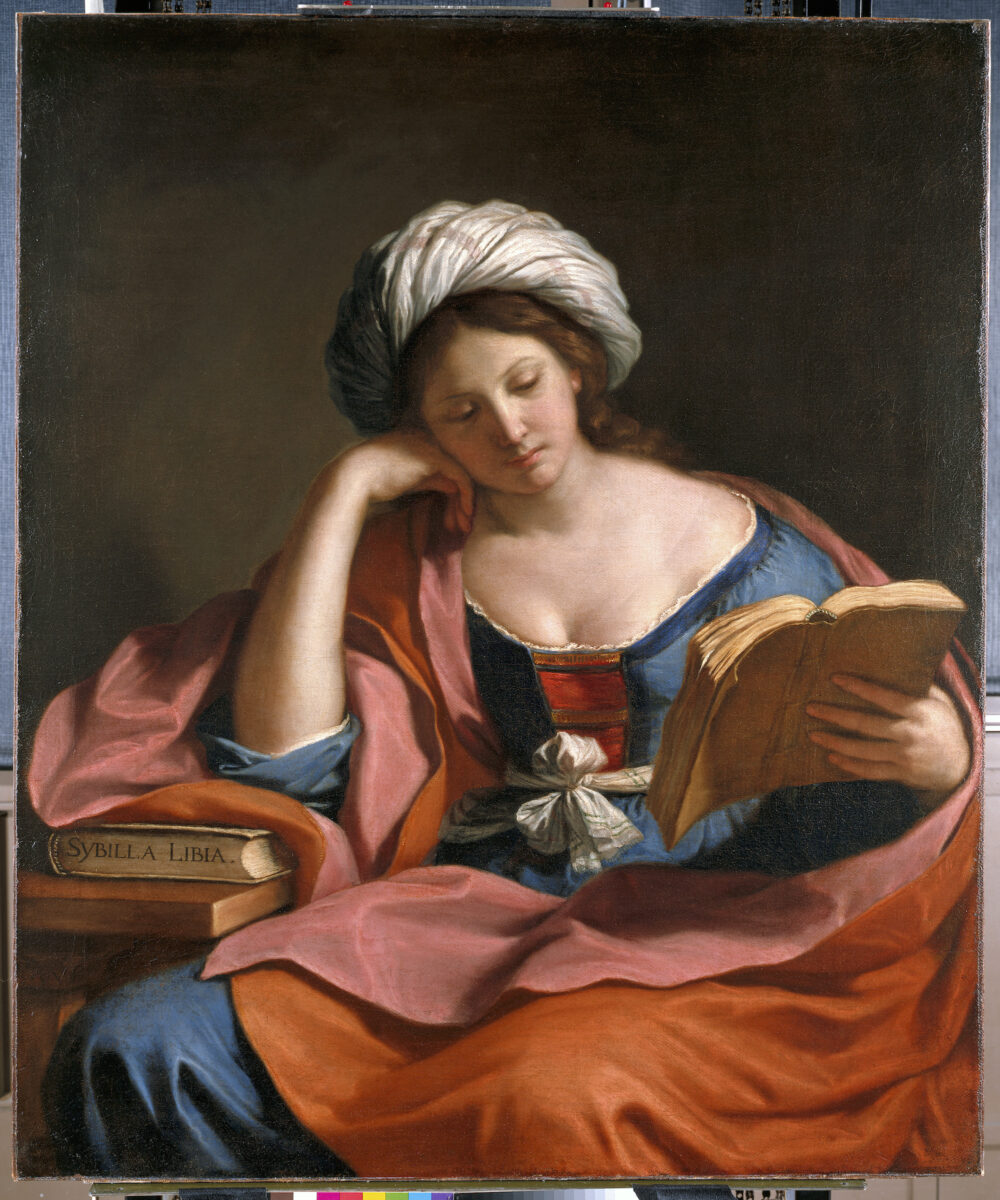
Born in the town of Cento in the Emilia-Romagna region of Italy, Giovanni Francesco Barbieri enjoyed a successful career spent mostly in Bologna and Rome under the patronage of popes, foreign courts, cardinals and dukes. He was prolific, creating hundreds of altar pieces and paintings, and became one of the most sought-after Italian Baroque painters. He acquired the nickname ‘Guercino’ (‘Little Squinter’) due to strabismus (the condition of having a squint). According to the biographer Carlo Cesare Malvasia, the infant Guercino was woken up by an extremely loud noise with such a start that he was left with his right eye permanently fixed at an angle. Whether or not this story is to be believed, the lifelong physical defect does not appear to have impaired his vision or achievements as a painter.
His early work employed heavy use of chiaroscuro, while his later output incorporated more luminosity and clarity. An excellent draughtsman, his compositions were known for their originality and were commonly painted onto large canvasses.
Episodes from the life of King David, as told in the Old Testament, are familiar in the canon of Christian art: David the shepherd; David the harpist; David and Goliath; David and Bathsheba. His life was thought to be a precursor for that of Christ and in Guercino’s composition, we see David in contemplative mood, dressed in regal finery as king of a united Israel and author of the Psalms. The inscription on the stone tablet, on which he rests his left hand, is a line from the Psalms, about Sion, City of God: ‘Glorious things are spoken of thee, O City of God.’
After hanging in the Palazzo Locatelli, the painting came to England in 1768 when the 1st Earl Spencer acquired it for Spencer House, London. The family subsequently hung it at their country seat Althorp, in Northamptonshire. The Rothschild family acquired it in 2010 and returned it to Spencer House, before it was lent to Waddesdon Manor, beginning a new chapter in its history.
When seen together, it becomes clear that Guercino painted The Cumaean Sibyl with a Putto to directly correspond with King David. The palette is similar, with rich colours and both principal figures depicted seated in dignified poses. The putto that accompanies the sibyl rests a hand on a tablet, while the other points to an inscription in Latin that refers to the wooden cross on which Christ would be crucified. The painting is full of symbolism, as The Cumaean Sibyl, who takes her name from Cumae near Naples, predicted that Christ would be born to a virgin mother in a stable at Bethlehem. She is one of twelve pagan sibyls, or female seers, who were reputed to have foretold the coming of Christ.
Having sold The Cumaean Sibyl to another buyer, Guercino did not just paint a copy for Locatelli. Instead, he painted The Samian Sibyl with a Putto, an altogether different figure and composition. Sibyls were popular subjects in the Renaissance and Baroques eras. Michelangelo (1475-1564), for example, alternated prophets and sibyls on the ceiling of the Sistine Chapel, a prototype for many artists, not least the Bolognese Zampieri, known as Domenichino (1581-1641) whose archetypes deeply influenced Guercino’s representations. The Samian Sibyl, so called after the Greek island of Samos, and an oracle of Apollo, rests her head in her left hand as she reads in rapt concentration. An open volume on the desk reveals lines of an elegant script, demonstrating Guercino’s attention to detail in the still-life aspects of the painting.
The fine frame around The Samian Sibyl with a Putto was designed by James ’Athenian’ Stuart in the mid 18th century and matches that of its former pendant, King David.
The third sibyl in the display is Libyan Sibyl (1651), lent by His Majesty The King from the Royal Collection, one of a pair painted for Ippolito Cattani of Bologna. Here, Guercino depicts the sibyl who prophesied the coming of Christ to the Gentiles. She is usually shown holding a lighted torch, but in Guercino’s painting he identifies her by the inscription on the book.
Pippa Shirley, Director of Waddesdon says:
We are so excited to be able to display this group of paintings in a first for Guercino at Waddesdon and to put a new acquisition on display also for the first time. Without doubt, the most significant addition the Rothschild Foundation has made to the collections since Jean-Siméon Chardin’s Boy building a house of cards in 2008, the arrival of Moses felt irresistible because it appeared just as we were planning this exhibition, with the great painting of King David at its heart. Bringing the two together with the group of sibyls creates an incredibly rich context of contrast and comparison, allowing us an insight into the arc of Guercino’s extraordinary career. The sibyls in particular are emblematic of his work, as he returned to the subject of these mysterious and powerful female seers again and again. I hope that they will create the same fascination for our visitors because the way in which all of these paintings embody ideas of faith and foresight, power and prophesy and how the past relates to the future is as relevant to us now as it was in the uncertain 17th-century world. We are immensely grateful to the National Gallery and His Majesty the King and the Royal Collection for so generously enabling this potent encounter.
Guercino at Waddesdon: King David and the Wise Women will open on 20th March and run until October. waddesdon.org.uk/type/art-architecture/
About
Waddesdon Manor was built at the end of the 19th century by Baron Ferdinand de Rothschild in the style of a French early 16th-century château. Baron Ferdinand was an inspired collector, and the house was designed to showcase his exceptional collection of French 18th-century furniture, Sèvres porcelain, English portraits and other decorative arts. When Ferdinand died in 1898, he left Waddesdon to his sister, Alice, who also was a great collector. Upon her death, the house passed to her great-nephew, James de Rothschild, who inherited a substantial part of his father Baron Edmond’s great collection. In 1957, in order to ensure its future in perpetuity, Waddesdon was bequeathed to the National Trust. The Rothschild family continues to run Waddesdon through a family charitable trust under the chairmanship of Lord Rothschild. waddesdon.org.uk


